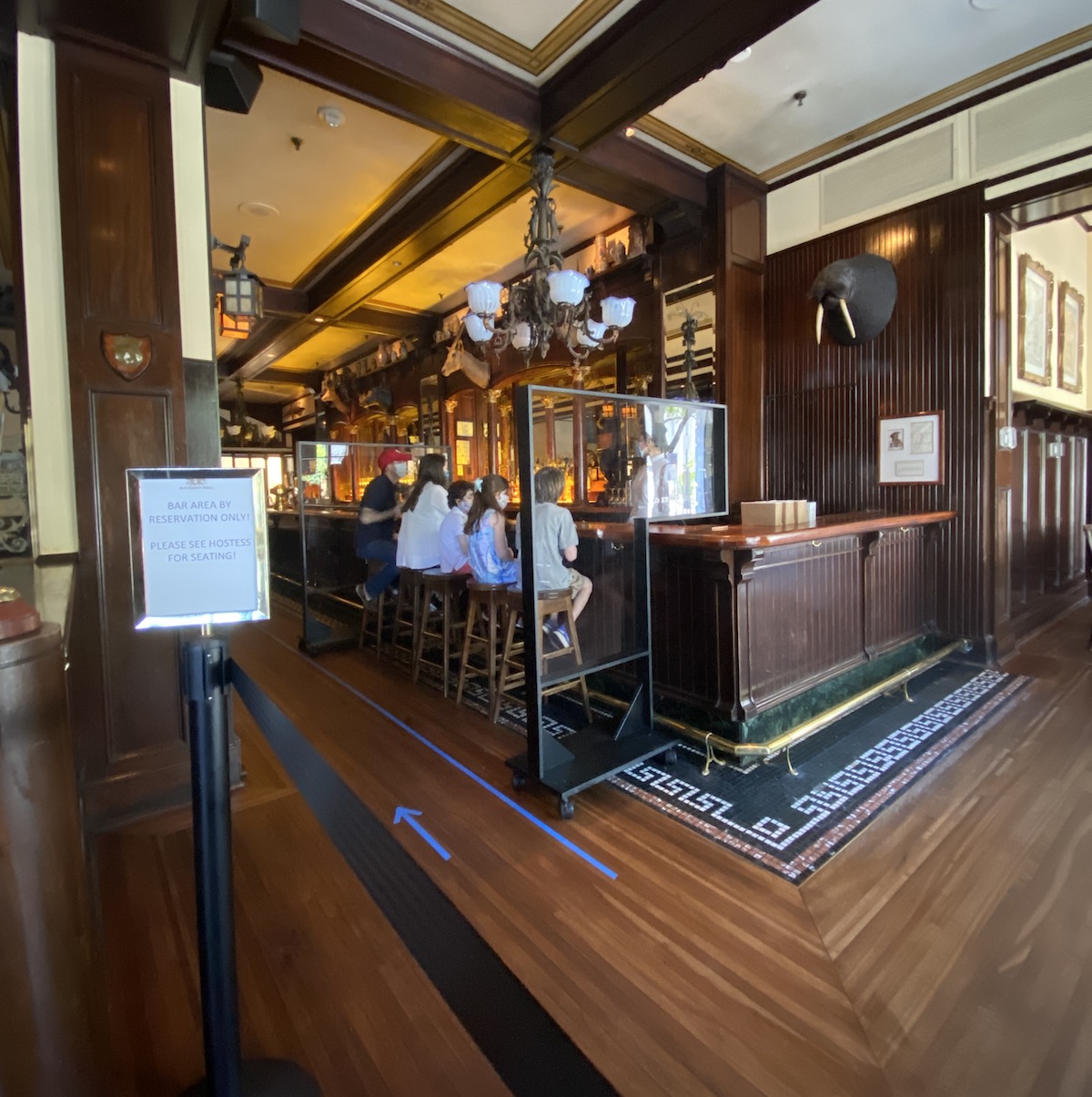Restaurants and bars in DC entered phase two of reopening this week, meaning people can now sit inside. Food and drink establishments across the region can operate indoors at 50-percent capacity with six-foot spacing between tables, among other restrictions.
So what does that mean for your next meal out? Here are some big changes to expect.
Creative partitions
https://www.instagram.com/p/CBlIkhiBbzP/
For some, spacing tables isn’t enough. Though no one has invented an insanely expensive, specialized air ventilation system a la Alain Ducasse, DC-area restaurateurs are getting creative with ways to keep guests apart and feeling safe. Take the Clyde’s Restaurant Group, which purchased 11,000 square feet of plexi-glass for bar and booth dividers at establishments like Old Ebbitt Grill. In Vienna, Clarity chef/owner Jonathan Krinn hung cloth curtains between banquette tables that can be removed for regular cleaning and sanitizing. And at Convivial in Shaw, the team built a budget-friendly divider out of coat hangers and shower curtains.
Prix-fixe menus and timed or ticketed reservations
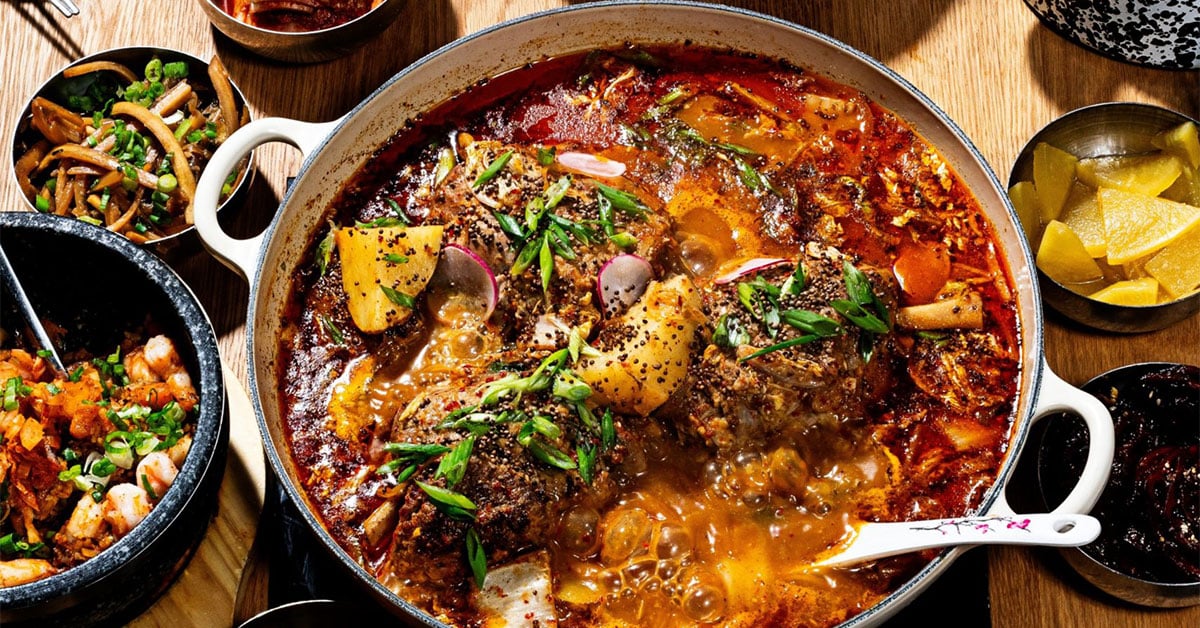
As restaurants grapple with an uncertain number of diners and limited capacity, even casual spots are offering prepaid, prix-fixe menus. Take modern Korean restaurant Anju, which opens its Dupont Circle patio on Wednesday with four tables and 12 properly distanced seats. (Customers can sit inside only during inclement weather.) Chef/co-owner Danny Lee and his team created a four-course dinner menu for $60, served in two-hour time slots. (A la carte is still offered for takeout and delivery.)
“You can’t run the risk of a table just getting an appetizer—though in a normal world we wouldn’t have an issue that,” says Lee. “With a set menu you have a fair idea of what business will be for a given night. You know how to plan for it. You know how to staff it. It helps with timing as well.”
Even restaurants that offer a la carte dining have opted for prepaid experiences via ticketed reservations. Latin hotspot Seven Reasons opened its indoor bar and dining room with $50 ticketed reservations, which goes toward food and drink. Once at your table, you can scan a QR code to add to your tab and pay the balance.
“It’s a way of trying to change the mindset of people given the situation,” says owner Ezequiel Vázquez-Ger. “We want to make sure people spend a certain amount, and while $50 is about half of the regular check average, at least we have some predictability as to what the numbers will look like and mitigate every possible risk.”
One big risk: no-shows. Vázquez-Ger says there’s only been one since the ticketed system was put in place.
Mini private parties
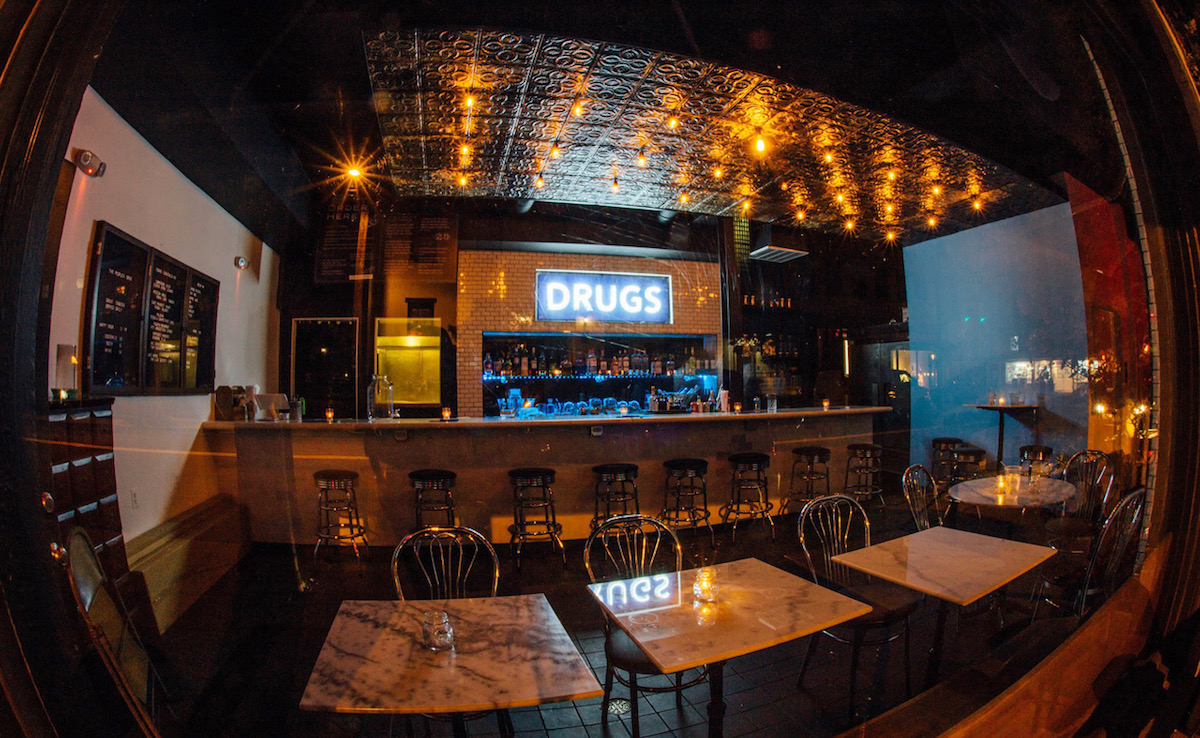
Private dining used to be the realm of the expense account crowd, or targeted toward larger parties. Now restaurants are taking the idea of personal space one step further, offering private, comparatively budget-conscious dining and drinking experiences for you and your pod. Vegetarian taqueria Chaia is now taking private party reservations for groups of six or less in their Georgetown loft or Penn Quarter branch. In Alexandria, sister spots The People’s Drug and newcomer King’s Ransom now offer private dinner and cocktail parties for groups of six-to-ten for $50 per person, which includes two drink tickets and food (the People’s Drug also offers a brunch party). The restaurants will have masks and multiple sanitizing stations on hand as well as cleaning procedures between groups.
“I feel comfortable going out with the person I live with, or my close friends, but how do we feel about all the other people? We don’t know about the precautions they’re taking,” says barman Jon Schott. “I feel like people are going to come in and put their guard down and start having a good time again.”
And for a semi-private experience outdoors, you can always rent a trendy urban cabana.
Multiple concepts under one roof
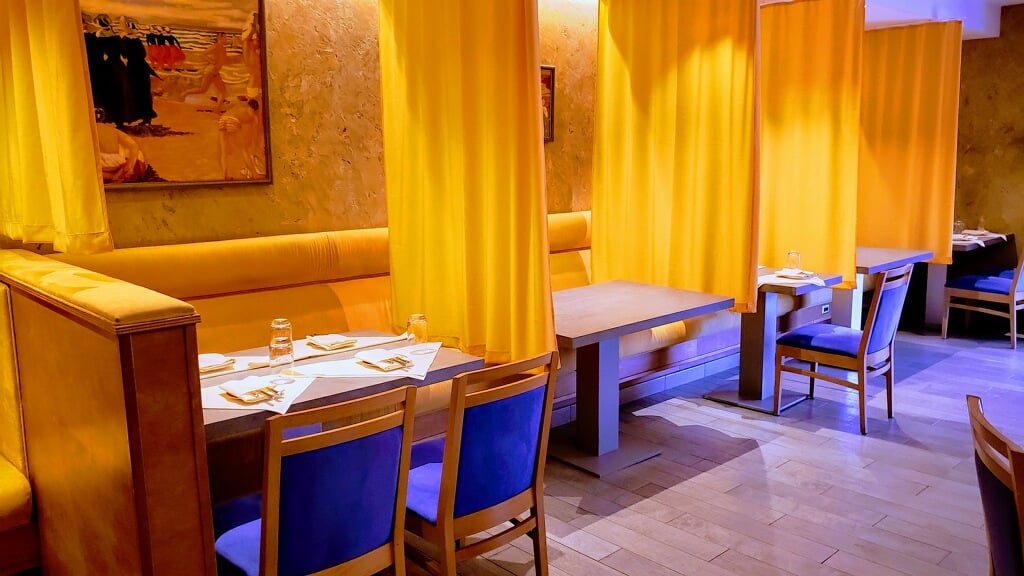
Restaurant pop-ups are nothing new. But now chefs are offering multiple experiences and menus in one place to engage more customers. Take Hawaiian-themed Coconut Club, which is running a delivery only, “ghost kitchen” sandwich shop out of its NoMa space. Or Ambar restaurateur Ivan Iricanin, who’s offering a Serbian menu at his Silver Spring Mexican restaurant, TTT.
“You have limited seating so you have to have as many income streams as possible, and it’s not enough to just have different menus. You need multiple concepts so people can keep coming to you for different stuff,” says Clarity chef/owner Jonathan Krinn. He transformed his Vienna restaurant’s parking lot into a weekday barbecue-and-oyster joint and a weekend tasting menu destination—plus indoor dining and an outdoor cigar and whiskey lounge. “It’s exactly what used to be uncool and labeled ‘brand confusion,’ but it’s the new normal.”
New pandemic positions
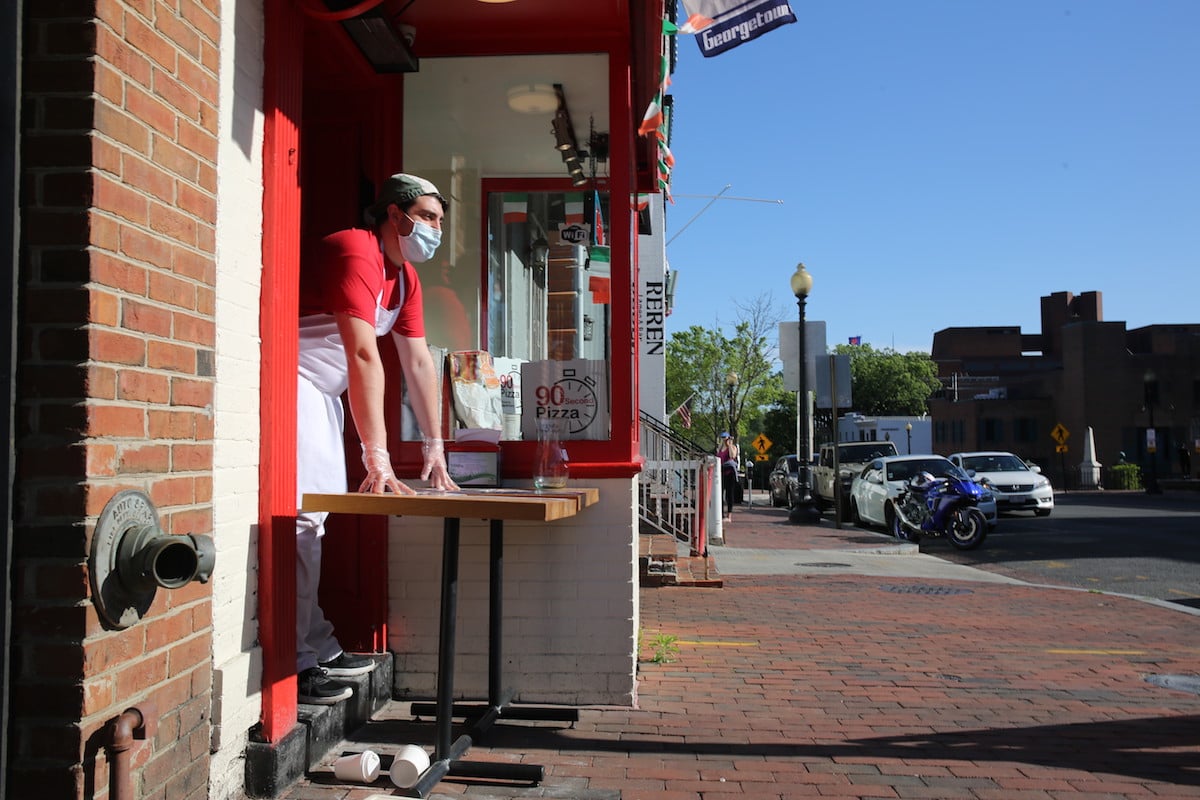
Pre-Covid, restaurants hired unusual positions like “Chief Forager.” These days the new tasks are a little less savory, a lot more sanitary. Luxe Indian spot Punjab Grill has employees who open doors and bathroom attendants to sanitize between customers. (Bathroom attendants are making a comeback in general.) At Blue Duck Tavern, which reopens Wednesday, a Hygiene Manager works with the entirety of the Park Hyatt hotel property. New safety measures include sanitations, rolled silverware, and masked, gloved servers.
Still, a lot of restaurants won’t reopen dining rooms yet
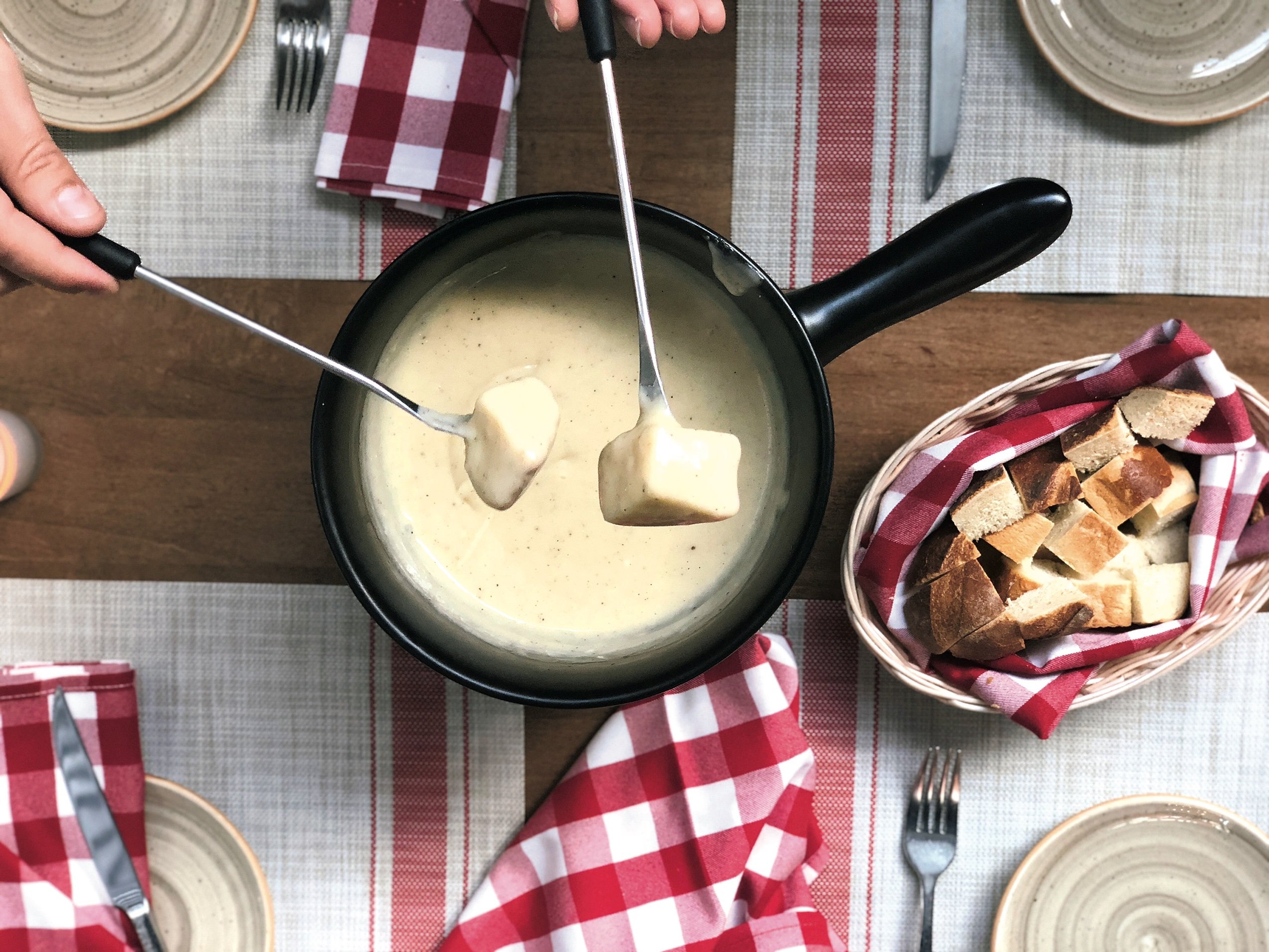
“Just because you can, doesn’t mean you should” is a saying that a lot of restaurateurs seem to be taking to heart. A large number of DC-area establishments are currently sticking to takeout, delivery, and/or outdoor seating. One such place is H Street’ Swiss spot Stable, whose owners David Fritsche and Silvan Kraemer explained their rationale to stay takeout-only in a lengthy Instagram post. Among their reasons: the comfort of their staff, no clear guidelines for what business owners should do when employees test positive for Covid, and economic uncertainty.
“With the likelihood of guests returning to dining rooms being, understandably, uncertain, opening for in-person dining may be more costly than continuing with carryout and delivery only,” the owners wrote. “That cost would almost certainly rise in a situation where we had to shut down our dining rooms again.”

